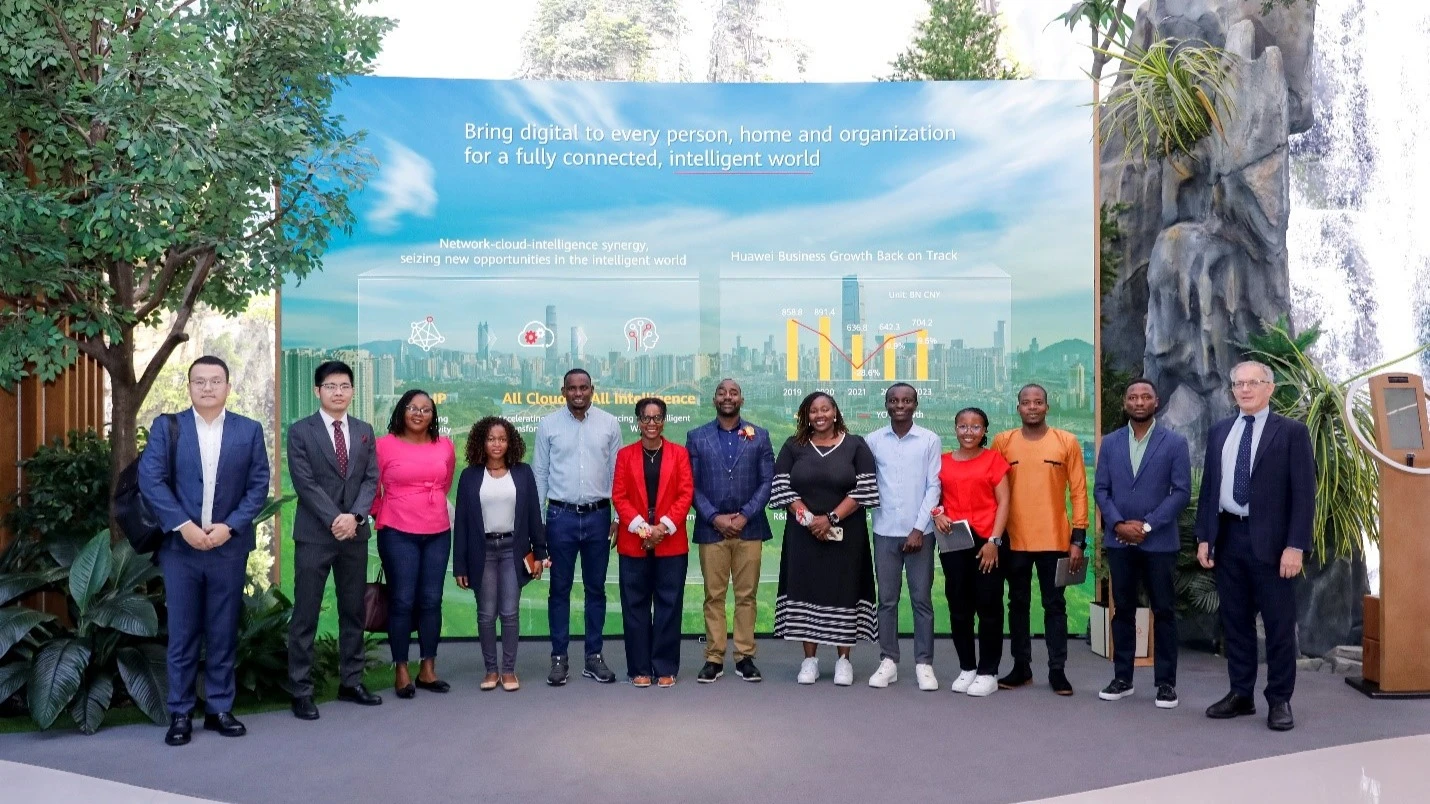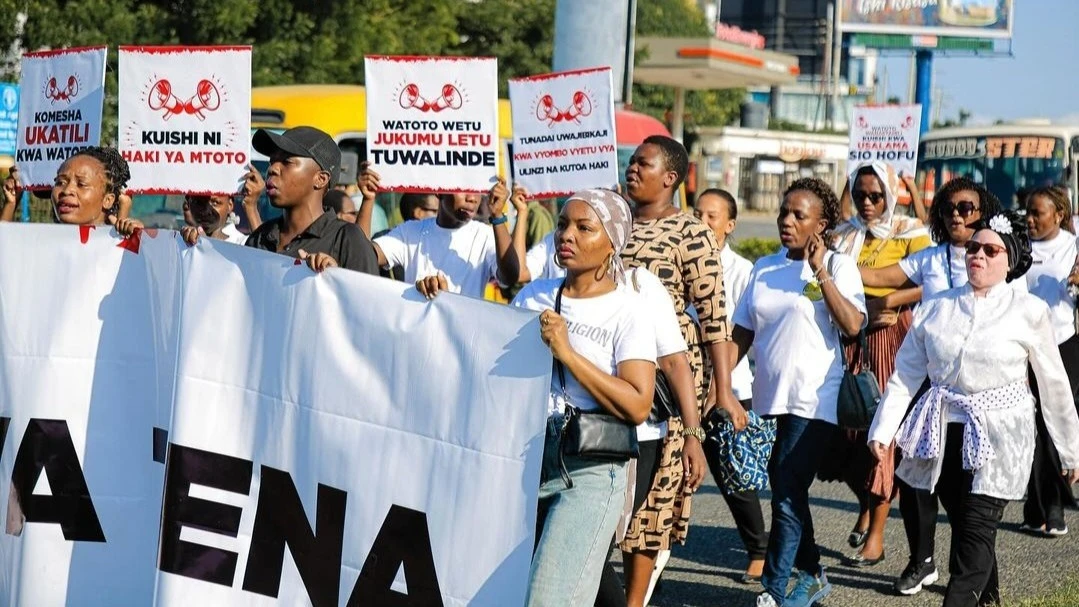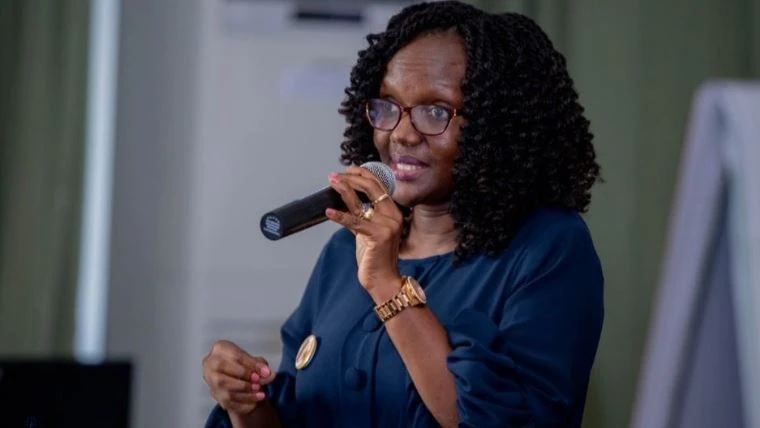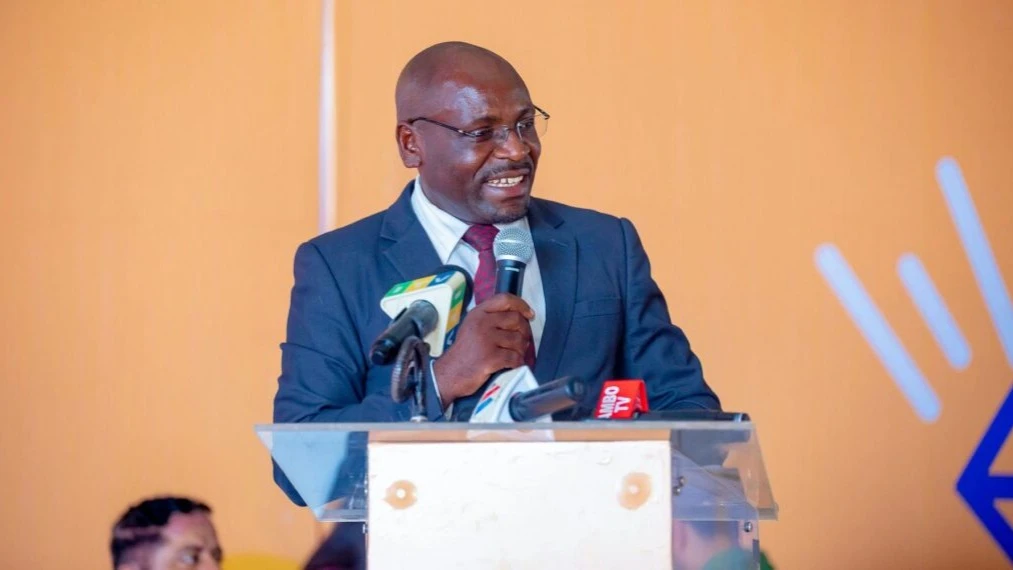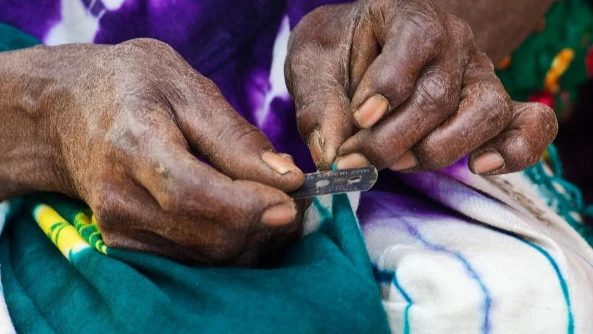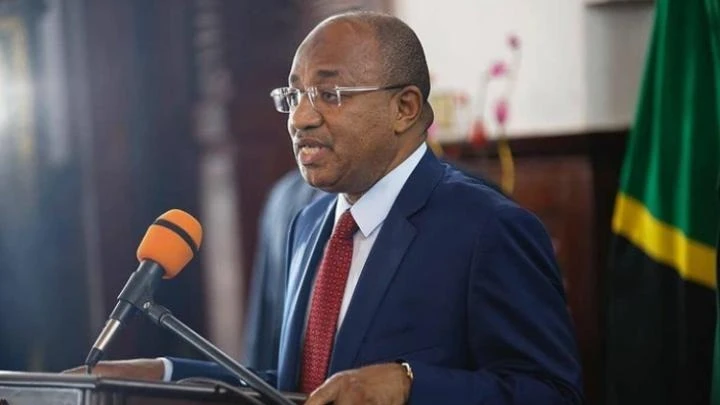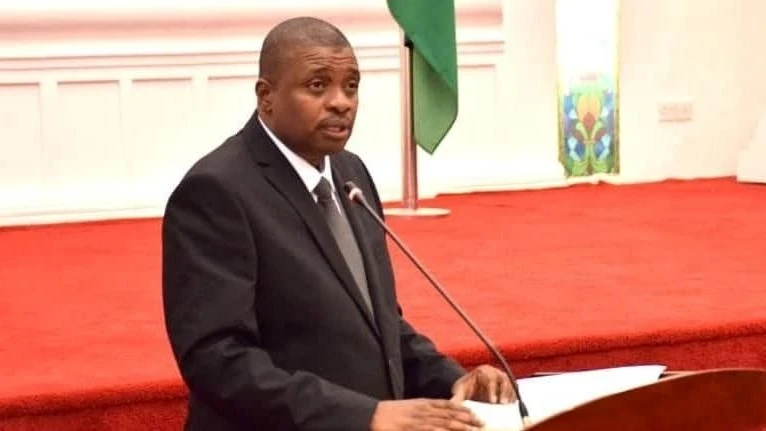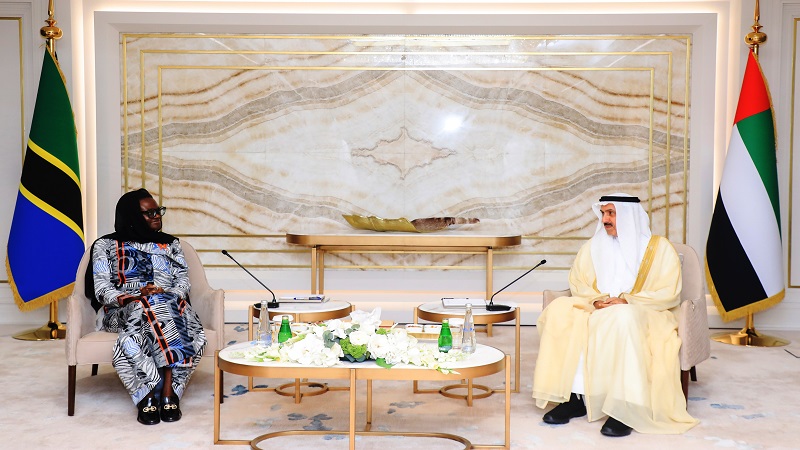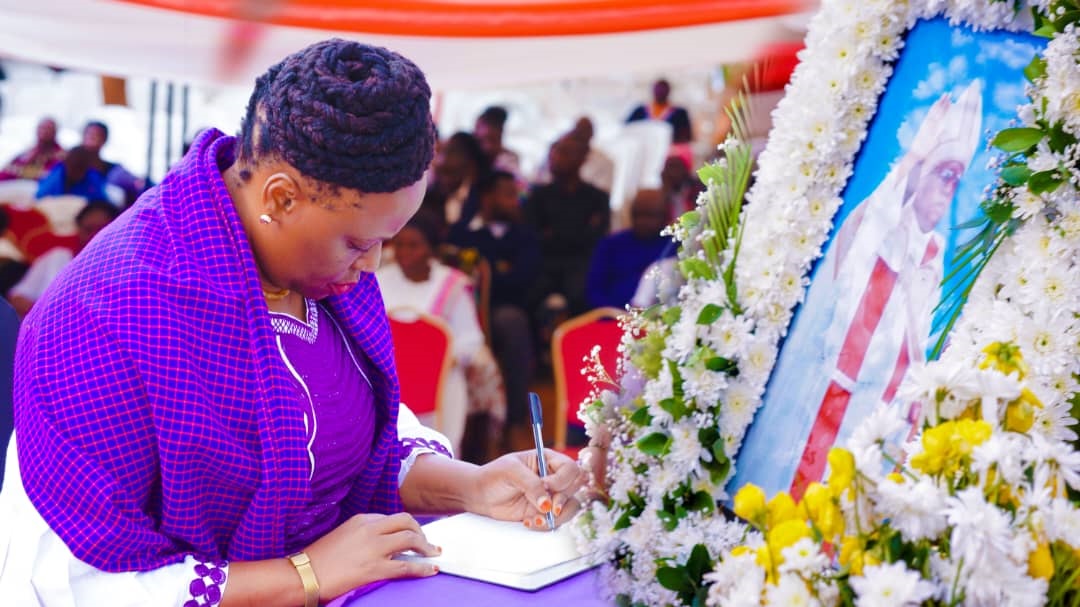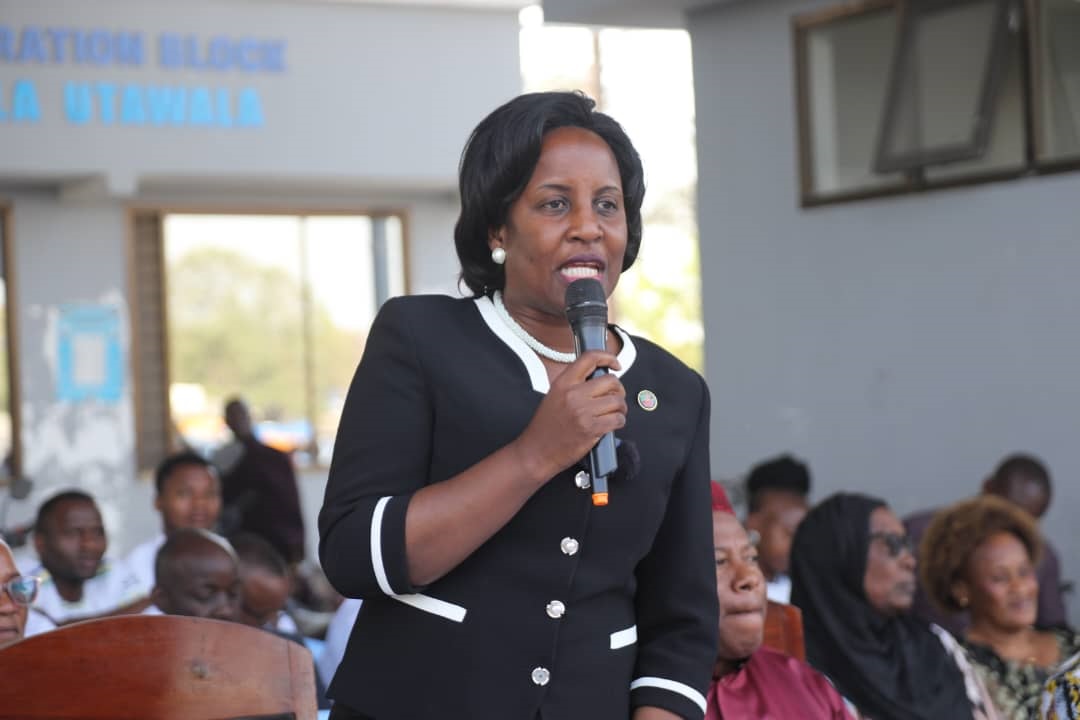Ten projects to address Kigali housing demands
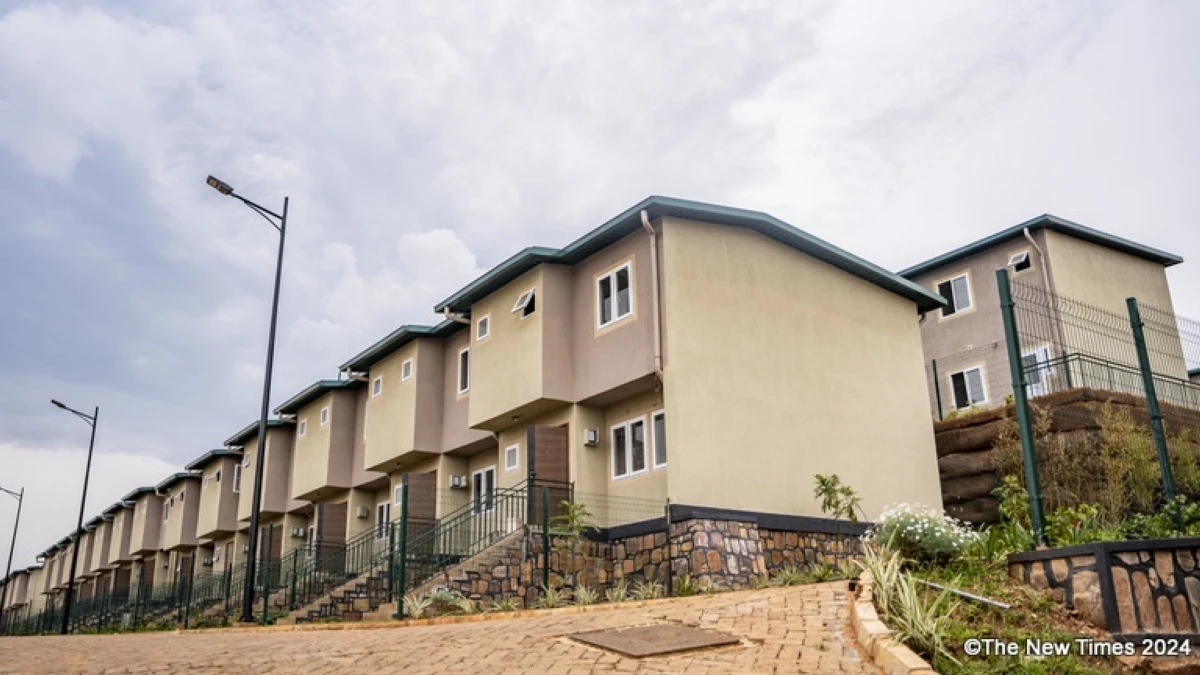
The Government aims to deliver 150,000 new homes annually to meet the projected demand of 5.5 million homes by 2050. With the rising population, Kigali is in particular need of new urban residential apartments.
The city alone requires 18,000 affordable housing units annually to meet the housing needs of its residents.
In response to this demand, here are 10 key affordable housing projects, as identified by the Rwanda Housing Authority (RHA), that are expected to significantly contribute to the ongoing efforts:
Bwiza Riverside Homes
Located in Karama, Nyarugenge District, Bwiza Riverside Homes were inaugurated by President Paul Kagame in 2022. Developed by ADHI Rwanda Ltd, the eco-friendly homes are designed primarily for first-time homeowners, with options ranging from Rwf16 million to Rwf35 million per unit. The project aims to build 40,000 homes over the next 13 years, spread across five phases.
Rugarama Park Estate
Rugarama Park Estate, developed by Remote Group in collaboration with Shelter Afrique and the Development Bank of Rwanda (BRD), seeks to build 2,000 homes on 42 hectares in the Nyamirambo sector.
The project is designed for mixed-income buyers, with prices ranging from Rwf12 million to Rwf35 million. It will provide housing for up to 14,000 residents and create hundreds of jobs during construction.
Kinyinya Park Estate Project
The Kinyinya Park Estate Project aims to build 10,000 modern homes in Kinyinya, accommodating 50,000 residents. This $400 million project is a joint venture between the Development Bank of Rwanda, the Rwanda Social Security Board (RSSB), and other partners, with construction expected to be completed in five phases over five years.
Batsinda Project
Targeted for salaried workers, the Batsinda Project offers subsidised housing, with the government covering 30% of the total cost. Prices range from Rwf 20 million to Rwf 30 million. The first phase will deliver 548 housing units in Kinyinya sector.
Busanza Housing Estate
Busanza Housing Estate, located in Kanombe sector, Kicukiro District, is designed to house families relocated from Kigali’s largest informal settlement areas, including Kangondo I, Kangondo II, and Kibiraro I.
Vision City Project
Vision City is a multi-phase housing project in Gacuriro, Gasabo District. Developed by Ultimate Developers Ltd for the RSSB, the project’s first phase consists of 504 units, with plans for a total of 4,500 homes. The second phase, set to deliver 1,500 sustainable homes, began in November 2023 and aims to create a comprehensive urban environment with essential amenities such as healthcare, schools, supermarkets, and entertainment venues.
Masaka Housing Project
Masaka Housing Project, run by Remote Estate, will offer 278 housing units in five categories, including apartments, semi-detached buildings, townhouses, luxury villas, and commercial buildings. Buyers can pay 20% of the total cost in five instalments, with prices starting at Rwf30 million for a three-bedroom house.
Riverside City Estate
Located in Gahanga, Kicukiro District, Riverside City Estate is set to build 100 affordable homes in its first phase, with prices below Rwf50 million. Each house will feature three rooms, a sitting room, dining room, kitchen, and parking for two to three cars. A second phase will add 200 more homes, along with essential amenities such as a nursery school, health center, and supermarket.
Ndera Housing Project
The Development Bank of Rwanda (BRD) is leading a project to build 1,300 affordable homes in Ndera, with prices starting at Rwf27 million. The project will target employees with incomes ranging from Rwf261,000 to Rwf1.2 million per month and is expected to be completed at a cost of Rwf60 billion.
Isange Estate
Isange Estate, located at Rebero Hill in Kigali, is being developed by Imara Properties. The first two phases have delivered 30 housing units, with more planned.
Designed to be environmentally friendly, the estate offers flexible payment options, including instalments, and features homes with three to four rooms. Residents will also enjoy a panoramic view of Kigali and access to nearby amenities like the Kigali Cultural Village.
It was previously reported that the upgrading of Biryogo, Agatare, Kiyovu, and Rwampara informal settlements in Nyarugenge District is set to be replicated in other districts of Kigali city, officials have said.
The revelation was made in a progressive report of a $10 million project dubbed “Agatare Upgrading Project” that is upgrading informal settlements in Nyarugenge District.
The slums were part of different informal settlements in the city that have been said to be in need of upgrading.
The approach seeks to upgrade such slums while ‘minimizing recurrent eviction of dwellers’ and thus enables the city to deal with the high housing demand in the city as the residents are facilitated to refurbish their houses.
After the pilot phase, City of Kigali officials said that the project is going to be replicated in ten cells of Nyarugenge District, three cells of Kicukiro District and two cells of Gasabo District.
Most of these unplanned settlements do not have basic infrastructure such as roads, pedestrian ways, drainages, street lights, electricity, water and others that are needed to facilitate people’s daily businesses.
Agatare Upgrading Project which started in 2018 has overhauled informal settlements in Biryogo, Agatare, Kiyovu, and Rwampala areas that are said to host more than 83 per cent of the over 26,000 residents of Nyarugenge Sector in Nyarugenge District.
The area is part of what is widely known as Nyamirambo suburb.
The district that is inhabited by 220 people per hectare also serves as the Central Business District (CBD) where the slums are adjacent to.
The project has been upgrading the settlements by setting up basic infrastructure such as water, roads, disaster control infrastructure, electricity and others to pave the way for residents to upgrade their houses and do businesses.
So far, according to the Kigali city’s report, 6.64 kilometres of roads with water channels, and street lights have been constructed to facilitate 15,000 residents.
At least 2.5 kilometres of drainages have been built to protect 2,000 residents from floods while 6.2 kilometres of pedestrian ways are to serve 3,000 residents in daily movements for businesses.
“The basic infrastructure is said to have increased traffic of clients and eased transport of goods while commercial buildings have also been revamped to help businesses,” the assessment indicated.
Besides upgrading the slums, the City of Kigali says, the project is also mulling setting up infrastructure to cater to the social welfare of dwellers.
The social facilities were selected after collecting views from the parents and kids.
The facilities will also help boost their talents in playing different sports including basketball and football.
With the improvement of basic infrastructure, the city says, some investors have already established storied-commercial buildings to boost doing business in the area while others have expressed their interest in establishing other new modern business facilities.
Area residents previously struggled to get parking spaces and often had to leave their cars unattained. However, with basic infrastructure, the residents easily get parking places close to their homes.
The city has also eased the process of refurbishing residents’ houses and also set up basic infrastructure by providing upgrading permits in the suburb under the project. With the upgrading and basic infrastructure, the value of houses and land properties is also expected to go up and boost property owners’ income.
Kigali city seeks to have 90 per cent citizens in the capital having access to decent housing by 2050 under the new city master plan to be implemented from 2020 up to 2050.
This requires citizens’ participation in the planning and implementation while even those who rent can rent at affordable prices depending on their financial capacity.
The new master plan introduces a flexible and incremental approach to city development as it seeks to accommodate 3.8 million populations in 2050 from the current 1.6 million populations.
The new master plan has allowed flexibility in building affordable residential houses whereby it will also allow improvement of unplanned settlements without necessarily relocating residents.
Auxiliary residential units are allowed where a house owner can annex other small houses in smart ways that can help low income earners.
Top Headlines
© 2024 IPPMEDIA.COM. ALL RIGHTS RESERVED


